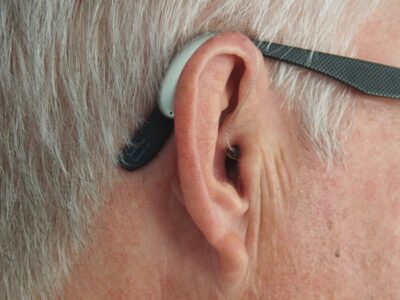Recognizing early warning signs of an impending seizure can empower those with epilepsy and their caregivers to take proactive steps, potentially reducing the severity of an episode. People can better manage their disease by being aware of these signs and investigating useful medications including Nayzilam nasal spray, Briviact, and Keppra. Nayzilam, a fast-acting nasal spray, provides quick relief for sudden seizure clusters, offering an additional safety net when immediate intervention is needed. When these drugs are combined with early detection techniques, seizure control and general quality of life can be greatly enhanced.
Seizures Don’t Wait – Be Ready
Imagine yourself at a social gathering when all of a sudden, someone starts convulsing. Would you know what’s happening or how to help? Unbeknownst to many, seizures occur frequently, and being aware of the warning indicators might prevent serious consequences. Being ready doesn’t mean being a doodler; rather, it means arming ourselves with the information we need to take action when necessary. Let’s explore these early indicators that can signal a seizure is on the way.
Signals Before Seizures: How to Recognize the Early Signs
“Prodromal” signs are indications of epilepsy, a neurological illness marked by recurring seizures that might occasionally serve as an early warning system. Consider these symptoms as your brain’s warning system, like to a weather prediction alerting you to impending storms. By identifying these minor changes, people can reduce their risk of damage by moving to a safer location before a seizure occurs.
Identifying Key Warning Signs
So, what are the telltale signs that a seizure might be imminent? One common indicator is a feeling of déjà vu—an intense sensation that you’ve lived through this exact moment before, but amplified to a much higher degree. Another common antecedent is sudden, inexplicable worry or anxiety, which is akin to the terror of finding you’ve left your keys in the car.
Visual disturbances such as blurred vision or seeing flashes of light are also typical early warnings. It’s like suddenly being blinded by sunlight without knowing where it came from. These early signs can act as crucial alerts, providing valuable moments to prepare.
Odd Smells and Tastes: More Than Just a Quirk
A seizure may also be preceded by olfactory hallucinations, such as smelling burning when nothing is nearby or tasting anything metallic. These unusual sensory experiences are like the body’s cryptic messages that something is off. Nausea, too, can strike out of nowhere, resembling the queasy aftermath of a wild amusement park ride.
Mood Swings: Emotional Shifts That Signal Trouble
Abrupt mood changes are another red flag that a seizure might be coming. These shifts aren’t your average mood swings; they’re sudden, intense feelings that seem out of context, much like the frustration when your favorite character is unexpectedly written out of a show. These feelings can be important indicators that the brain is preparing for a seizure.
Medication: A Vital Part of Seizure Management
The management of epilepsy is a critical component of treatment, which frequently involves drugs such as Keppra, Briviact, and Nayzilam. As a dependable first-line medication, keppra (levetiracetam) is used widely to help control seizures by lowering their frequency and intensity. Another good choice is briviact (brivaracetam), which provides tailored treatment by targeting particular proteins in the brain associated with seizure activity. For sudden seizure clusters, Nayzilam nasal spray offers rapid action, delivering quick results to halt seizure progression when immediate control is essential. Together, these drugs create a strong barrier against seizures that gives patients greater control over their illness.
A Unified Approach to Seizure Management
An all-encompassing approach to treating epilepsy is created by identifying the early warning signals of seizures and using medications like Keppra, Briviact, and Nayzilam that are effective. Understanding these cues enables people to take preventative action and gives caregivers the means to respond quickly to aid requests. Together, this knowledge empowers us to better support those living with epilepsy and be prepared when action is needed most.
Let’s keep spreading knowledge, encouraging compassion, and supporting individuals who are dealing with this illness on a daily basis. With the right tools and knowledge, we can make a meaningful difference—one sign, one treatment, one person at a time.




















Comments